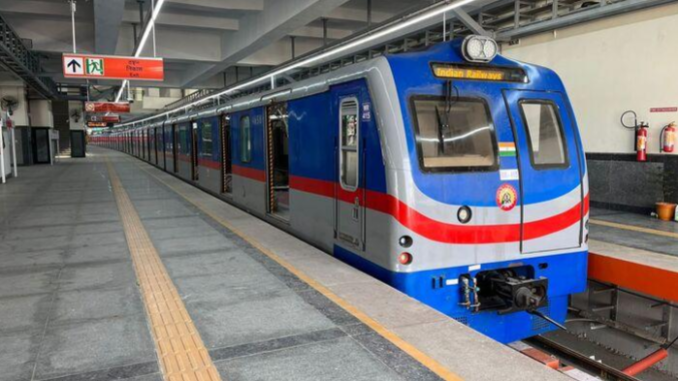

On Saturday, September 7, Kolkata Metro Rail Corporation reportedly started installing the aluminium third rail replacing steel on the North-South corridors, aiming to reduce energy loss by about 84 per cent. Metro Railway has set a target of two years to complete the entire replacement project with aluminium.

In addition to reducing carbon footprint, this initiative will save around INR 1 crore a year per km of the 35-km corridor.
On Sunday, Metro Railway updated that it already completed the replacement of a 200-metre-long third rail, which is claimed to have superior electrical conductivity, lessening voltage drops and energy losses.
On completion of the initiative, Kolkata Metro Railway will be at par with Singapore, London, Moscow, Berlin, Munich, and Istanbul Metros, where the second rail has already been replaced with aluminium.
Metro Railway CPRO Kausik Mitra said: “In its 40th year, Kolkata Metro is joining the hi-tech club, replacing the age-old steel third rails with aluminium ones. The change will have an immense impact on metro operations.”
The third rail supplies electricity to trains using an extra rail or conductor rail that runs alongside or between the train tracks. Usually, the third rail is made of steel. But in recent times, many advanced metro railway systems worldwide have adopted energy-efficient aluminium to achieve faster speed and seamless services.
The aluminium third rail requires less maintenance and is highly reliable and stable. It generates less heat in the tunnels when coming into contact with the Third Rail Current Collector (TRCC), which will be highly beneficial in Kolkata’s hot and humid climate.



Responses






